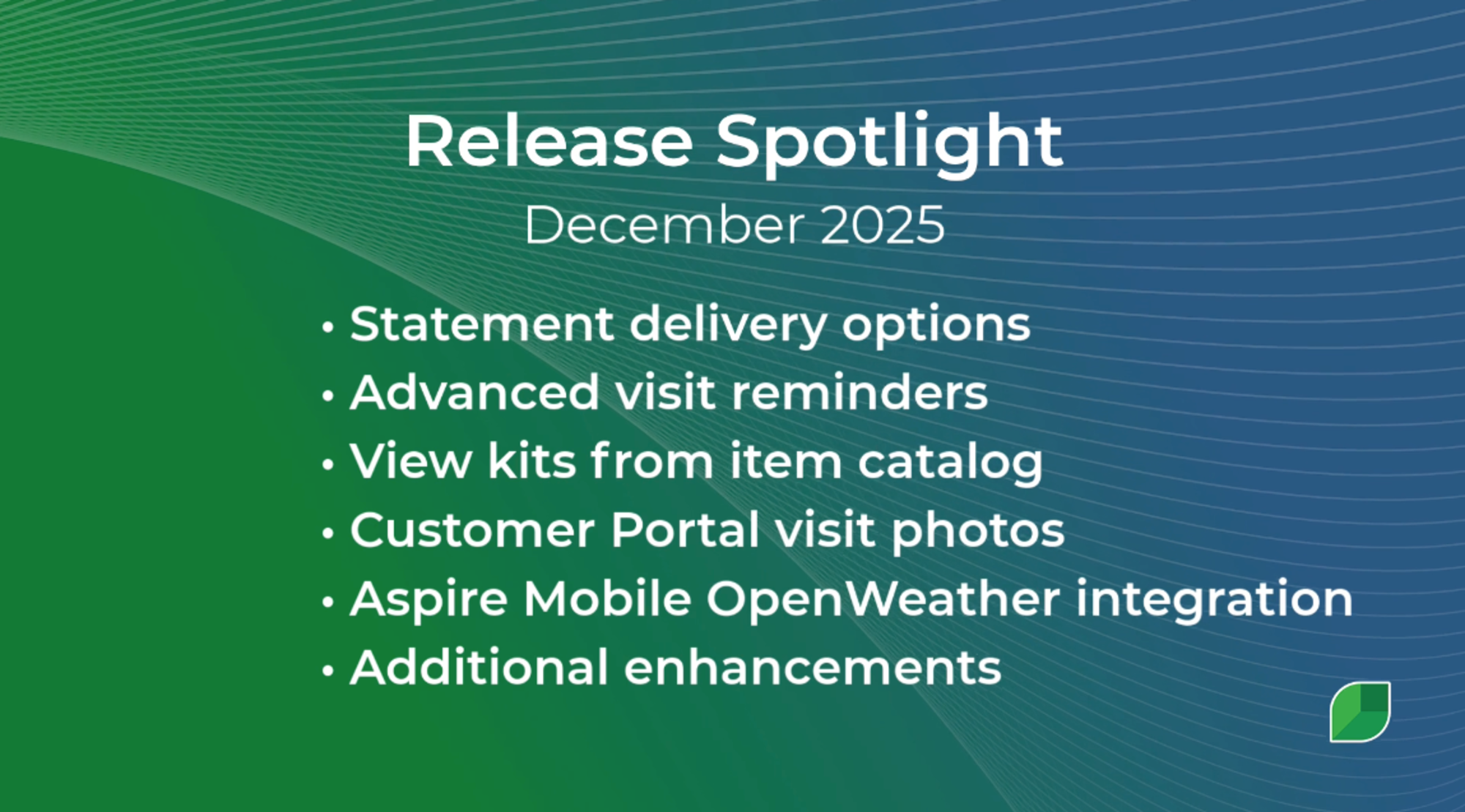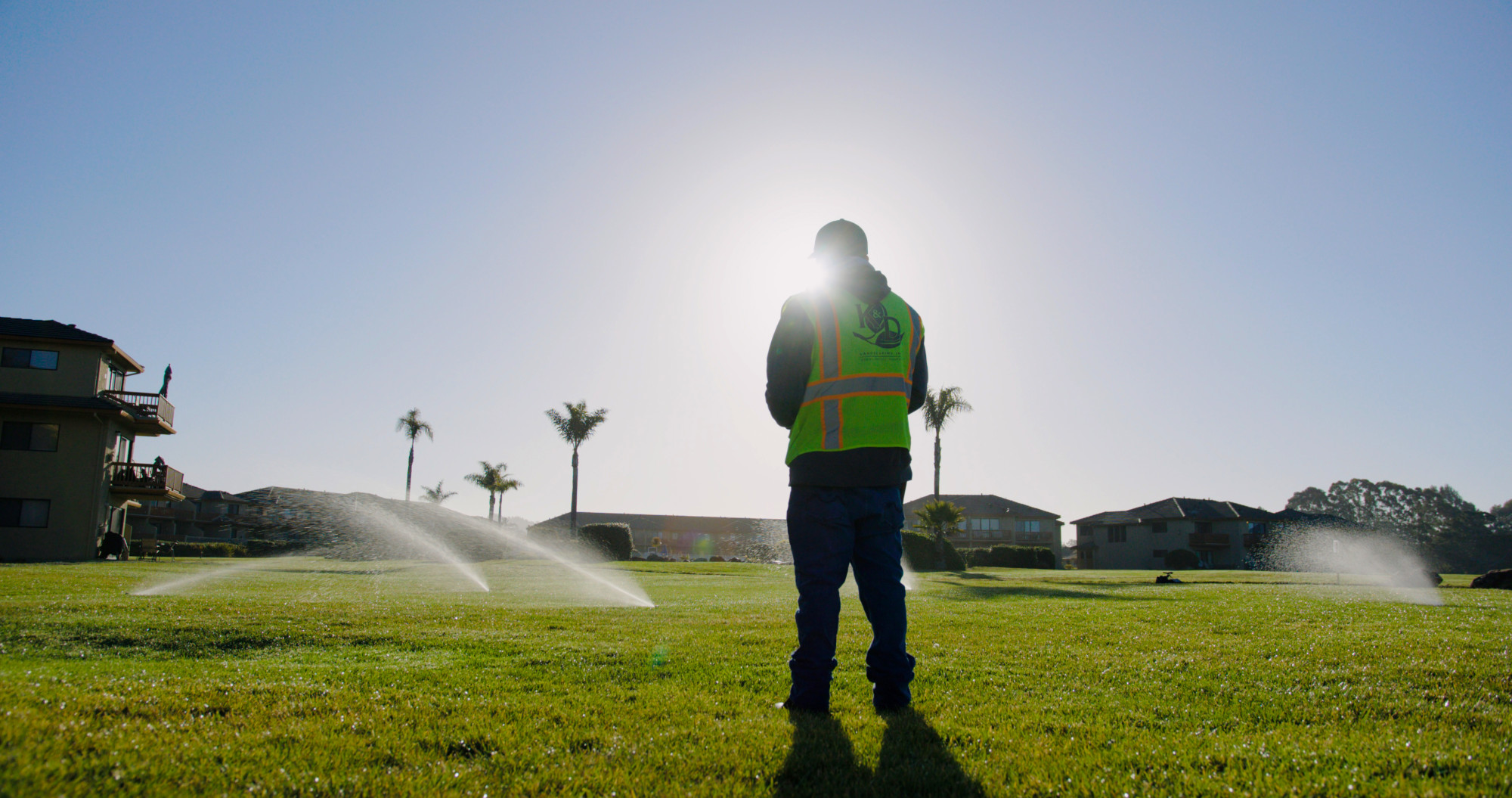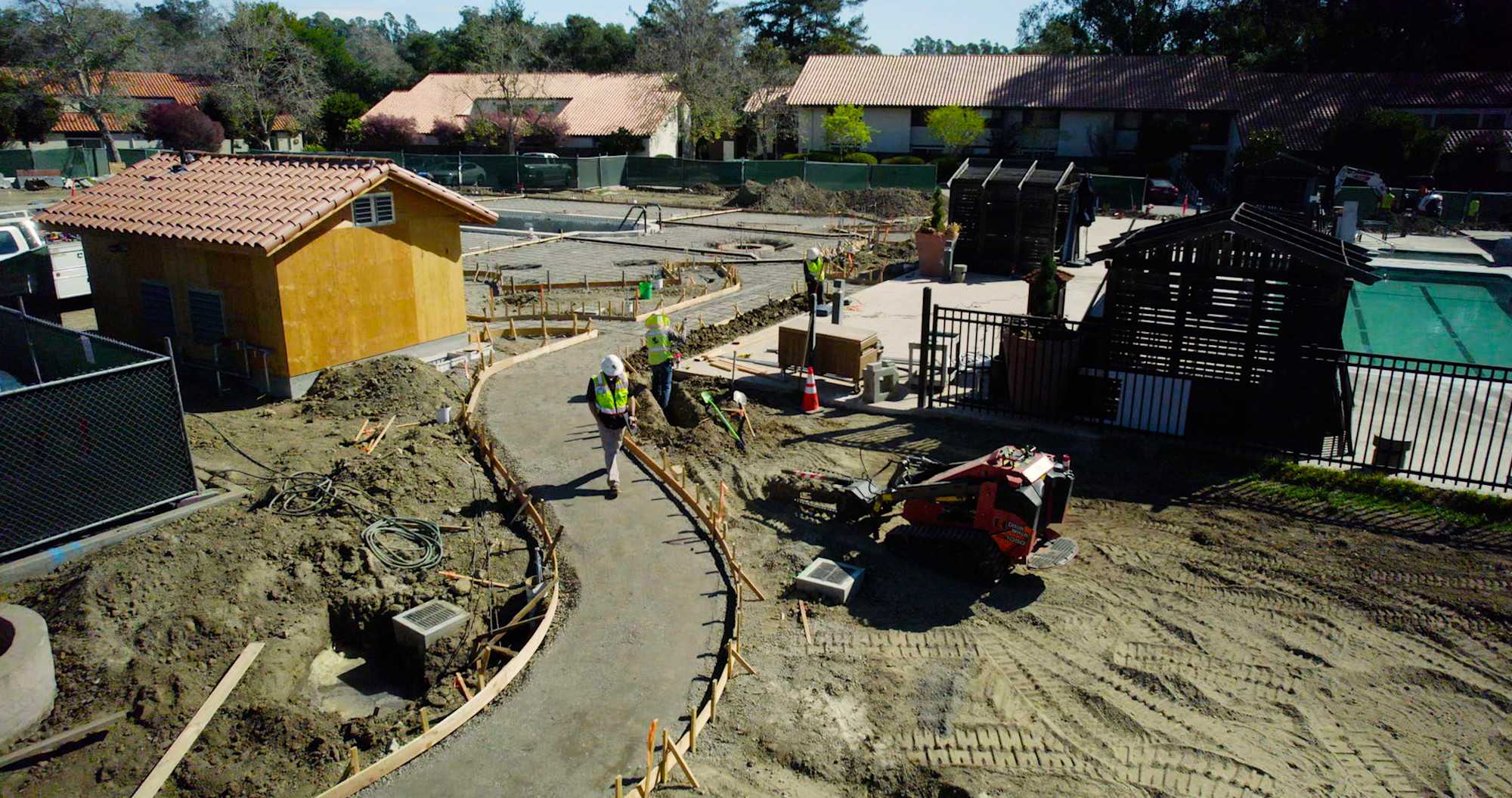Table of Contents
Table of Contents
- The Trap You Don't See Coming
- The Comfortable Danger Zone
- Warning Signs You’re in the Crossover Trap
- The Hidden Cost of “Making It Work”
- The Residential Comfort Zone
- Complexity Multiplies with Commercial Work
- The Commercial Requirements Gap
- When Legacy Tools Hit the Wall
- Breaking Through with Integrated Tools
- Case Study: North by Northwest's Transformation
- The Transformation Timeline
- Is Your Business Built for Your Ambition?
- System Red Flag Self-Assessment
- The Growth Readiness Questions
- Don't let outdated tools cap your potential.
Most landscaping businesses don’t start with enterprise ambitions—they begin with grit, long hours, and simple tools that “get the job done.” But as you grow, those same tools can become your biggest obstacle.
The systems that helped you build a thriving residential operation often become the ceiling that caps your commercial potential.
Expanding into HOA communities, municipal contracts, or multi-site commercial maintenance demands more than hustle—it requires scalable infrastructure. Efficient and scalable systems are essential for supporting business growth, increasing operational capacity, and maintaining quality as you expand.
And yet, many businesses with revenues of $15M or more still operate on a digital foundation designed for a five-person team.
That’s not sustainable growth—it’s a trap.
Breaking through these limitations requires making strategic decisions and investing sustained effort in implementing the right solutions.
Let’s look at how to avoid it.
The Trap You Don't See Coming
Scaling a landscaping business from residential to commercial isn’t just about adding clients—it’s about outgrowing the very systems that helped you succeed. And that shift rarely announces itself with warning bells.
New challenges often emerge unexpectedly, making it essential to have a clear strategy and focus to navigate these obstacles and ensure sustainable growth.
The Comfortable Danger Zone
There's a seductive comfort in the "We've got this handled" mindset that keeps landscaping businesses tethered to residential-focused tools. QuickBooks and Google Calendar feel reliable because they've worked for years—they create a false sense of control that persists right up until volume and complexity expose their fundamental limitations.
The erosion happens gradually—systems start performing at 80% efficiency, then slip to 60%, and before you realize what's happening, they're creating more problems than they solve.
It's like watching a slow-motion collapse where each small failure feels manageable in isolation, but collectively, they're strangling your growth potential.
Most companies stay stuck in this zone because change feels riskier than the status quo. The fear of downtime looms large—what if the new system fails during peak season?
Warning Signs You’re in the Crossover Trap
The signs are everywhere once you know what to look for.
→ Spreadsheets multiply like weeds as teams create manual trackers to fill gaps your system can't handle.
→ Crew schedules demand daily adjustments just to reflect real-time conditions, while
→ Staff invent personal workarounds to stay productive, resulting in a patchwork of inconsistent processes.
Meanwhile, critical data gets scattered across emails, whiteboards, and apps that never sync, leaving you without a single source of truth. Every new crew, contract, or location makes this juggling act exponentially harder, turning what should be exciting growth into operational chaos.
The Hidden Cost of “Making It Work”
The real price of patching together outdated systems isn't just inefficiency—it's strategic paralysis.
Managing five crews manually might be possible, but scaling to 15 becomes a full-time firefight with chaotic workflows filled with repetitive, siloed tasks.
Service inconsistency becomes inevitable when processes rely on memory and messaging apps, resulting in errors and delays that ultimately damage client satisfaction and trust.
Meanwhile, your competitors are moving fast with streamlined systems, capturing the big opportunities that now feel more stressful than strategic to your overloaded team.
The Residential Comfort Zone
Familiar = safe. This is a powerful trap; what feels familiar becomes synonymous with safety. QuickBooks "worked" for years, so why rock the boat?
The decline happens so gradually that you don't notice the slope until you're already sliding down it. Minor inefficiencies accumulate, like compound interest in reverse, and ongoing revenue growth can temporarily mask the underlying operational rot.
Success becomes a blindfold, preventing you from seeing that your foundation is cracking beneath the weight of your growth.
Companies like yours, including North by Northwest, have broken free from this trap, scaling with confidence.
Complexity Multiplies with Commercial Work
Residential landscaping and commercial maintenance aren't just different in scale—they operate on entirely different levels of complexity.
The systems that served you well in a residential model often collapse under the demands of multi-site commercial clients, where entering new markets requires robust infrastructure that can handle diverse operational challenges.
The Commercial Requirements Gap
The gap between residential and commercial requirements is vast.
Residential needs:
Weekly or seasonal scheduling
Flat-rate invoicing and simple payment cycles
Basic licensing and low compliance burden
Direct, informal communication with homeowners
Commercial, HOA, and municipal demands:
Residential work is often more straightforward, while commercial contracts are more demanding in their intricacies, coordination, and communication.
Service complexity. Different sites require different service levels—often within the same contract.
Recurring visit coordination. Weekly, bi-weekly, monthly, and seasonal schedules must run seamlessly across multiple properties.
Compliance reporting. Clients expect safety records, certifications, and documentation that meet regulatory standards.
Multi-stakeholder communication. You’re not just dealing with one contact—there are property managers, HOA boards, and municipal officials to keep in the loop.
Contractual obligations. Agreements typically include performance metrics, penalty clauses, and strict service-level expectations that must be met. Meeting these requirements is crucial for delivering a positive customer experience, which helps foster loyalty and trust.
Meeting these expectations isn’t optional—it’s fundamental to remain competitive in the commercial space.
When Legacy Tools Hit the Wall
The breakdown is swift and merciless.
→ Google Calendar struggles to coordinate dozens of crews across multiple properties with different service tiers,
→ QuickBooks struggles with recurring billing, mid-contract changes, and the complex rate structures that commercial work demands.
→ Notes apps and paper logs can't meet compliance standards or generate the client reporting that commercial contracts require, and
→ The informal communication methods that worked for residential clients—texts and emails—collapse when a single contract involves five stakeholders across three departments.
What once felt manageable becomes a daily crisis of coordination and documentation.
Breaking Through with Integrated Tools
Commercial growth requires more than ambition—it demands systems that scale with you. Ambitious businesses rely on scalable systems to support their development, ensuring that companies scale effectively and can adapt to new challenges.
For North by Northwest, that meant replacing patchwork tools with a unified platform designed for growth.
Case Study: North by Northwest's Transformation
North by Northwest began as a residential-focused landscaping company in Austin, Texas. However, as demand for larger contracts increased, leadership recognized that their residential systems couldn’t support expansion.
A key driver of their successful transformation was the company's investment in integrated systems, which enabled them to allocate resources strategically and support sustainable growth.
The solution?
Aspire, integrated with PropertyIntel for digital property measurements and takeoffs, and Convex for identifying new commercial opportunities.
These tools worked together to align their estimating, scheduling, and sales processes, enabling a confident shift into commercial work.
The Transformation Timeline
Before: It took over ten years to reach $1 million in residential revenue
After: In 2023, the company reported $15M in revenue and $1.2M in profits
Game changer: 70% of their business is now commercial
This wasn’t just growth—it was transformation. These changes positioned the company for long-term success.
Is Your Business Built for Your Ambition?
The systems that got you here won’t get you there.
If your tools were built for residential jobs, they’re likely holding you back from commercial growth—even if the signs aren’t apparent at first.
Setting clear goals, developing the right capabilities, and focusing on strategic priorities are essential steps to ensure your business is truly ready for growth.
System Red Flag Self-Assessment
If you’re experiencing any of these, you may be operating in the residential trap:
Quoting big jobs with small templates. Forcing complex commercial work into residential job formats leads to underbidding and delivery risks.
Manual schedule fixes. Crew schedules require daily updates to remain accurate, which can be time-consuming and lead to errors.
Inconsistent reporting. Different branches employ different tracking methods, resulting in a lack of a unified view of performance.
Missed bids. Prospects turn you down because your documentation can’t prove capability or compliance.
Slow turnaround. It takes days to compile data that should be available instantly from a live dashboard.
Recognizing these red flags enables leadership to make informed decisions about upgrading systems.
These inefficiencies aren’t just operational—they’re strategic obstacles.
The Growth Readiness Questions
Ask yourself:
Can we manage a 50-site HOA contract without doubling our admin team?
Do we have real-time visibility into job status, labor hours, and service compliance?
Can we instantly display our performance metrics and compliance records to clients?
Are our systems designed to scale, or are we nearing a breaking point?
To scale successfully, it's essential to have access to the right expertise and secure funding to support your growth efforts.
If your answers aren’t confident, it’s time to rethink your infrastructure.
Don't let outdated tools cap your potential.
Success isn’t about abandoning what got you here—it’s about upgrading to tools that match your current reality and future ambition.
North by Northwest didn’t just grow—they transformed.
From residential struggles to $15M in revenue with 70% commercial work. The difference wasn’t working harder; it was working with systems built for their ambition.
Your residential tools served you well, but they’re not designed for the complexity of commercial contracts, multi-location logistics, and enterprise-level compliance.
Download the free ebook: “The Hidden Profit Killer: How Disconnected Systems Stall Landscaping Growth” to discover how modern integrated systems support long-term growth, real transformation case studies, and the complete roadmap for scaling beyond residential limitations.
Stop letting yesterday’s solutions limit tomorrow’s opportunities and schedule a custom demo of the Aspire software today.







